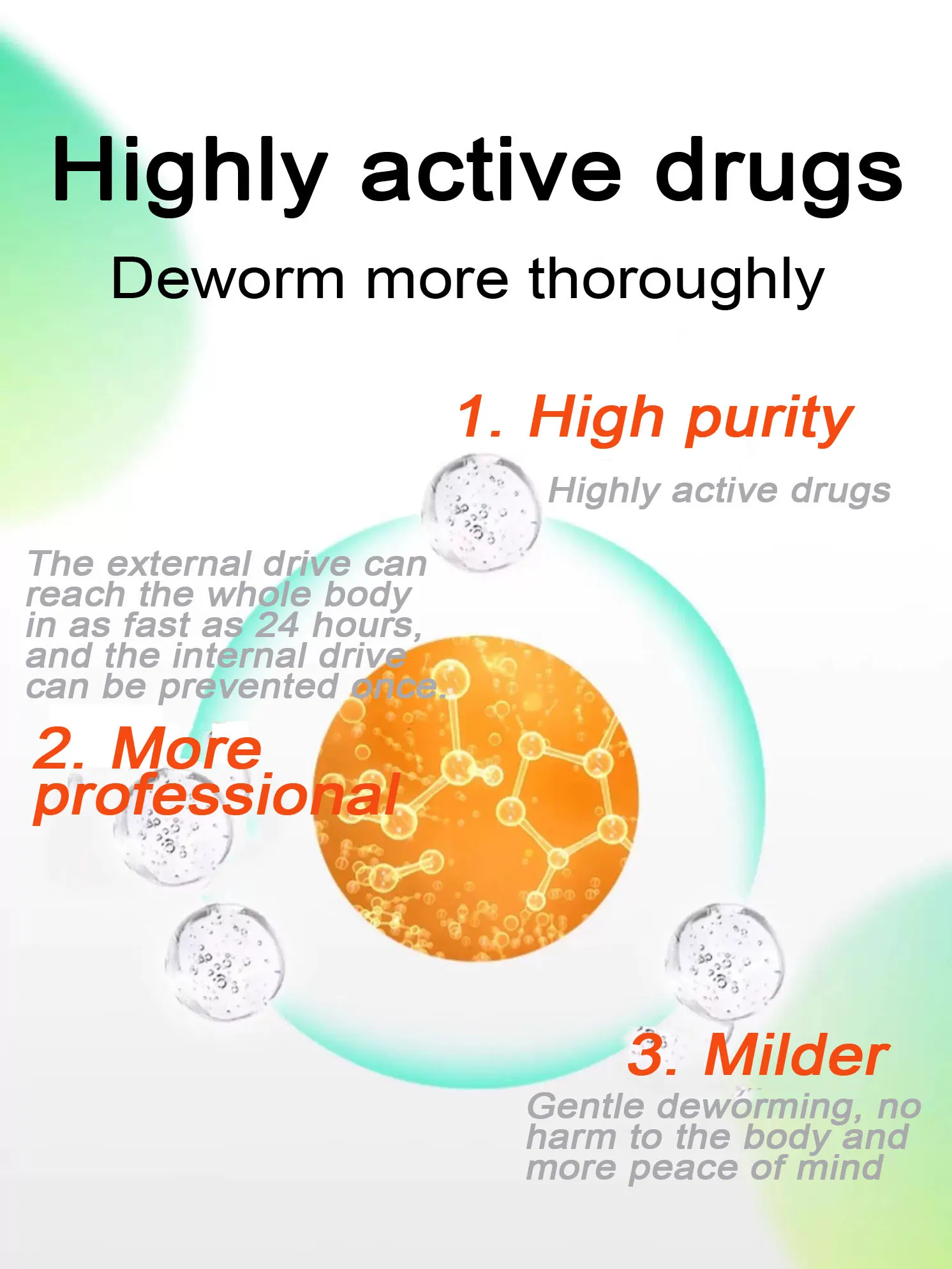- Afrikaans
- Albanian
- Amharic
- Arabic
- Armenian
- Azerbaijani
- Basque
- Belarusian
- Bengali
- Bosnian
- Bulgarian
- Catalan
- Cebuano
- Corsican
- Croatian
- Czech
- Danish
- Dutch
- English
- Esperanto
- Estonian
- Finnish
- French
- Frisian
- Galician
- Georgian
- German
- Greek
- Gujarati
- Haitian Creole
- hausa
- hawaiian
- Hebrew
- Hindi
- Miao
- Hungarian
- Icelandic
- igbo
- Indonesian
- irish
- Italian
- Japanese
- Javanese
- Kannada
- kazakh
- Khmer
- Rwandese
- Korean
- Kurdish
- Kyrgyz
- Lao
- Latin
- Latvian
- Lithuanian
- Luxembourgish
- Macedonian
- Malgashi
- Malay
- Malayalam
- Maltese
- Maori
- Marathi
- Mongolian
- Myanmar
- Nepali
- Norwegian
- Norwegian
- Occitan
- Pashto
- Persian
- Polish
- Portuguese
- Punjabi
- Romanian
- Russian
- Samoan
- Scottish Gaelic
- Serbian
- Sesotho
- Shona
- Sindhi
- Sinhala
- Slovak
- Slovenian
- Somali
- Spanish
- Sundanese
- Swahili
- Swedish
- Tagalog
- Tajik
- Tamil
- Tatar
- Telugu
- Thai
- Turkish
- Turkmen
- Ukrainian
- Urdu
- Uighur
- Uzbek
- Vietnamese
- Welsh
- Bantu
- Yiddish
- Yoruba
- Zulu
nov . 12, 2024 09:52 Back to list
veterinary amoxicillin injection
Veterinary Amoxicillin Injection A Comprehensive Overview
Amoxicillin, a widely used antibiotic in both human and veterinary medicine, plays a crucial role in treating various bacterial infections in animals
. Formulated for parenteral use, veterinary amoxicillin injection is particularly advantageous due to its rapid absorption and onset of action, making it a preferred choice for veterinarians.In veterinary practice, amoxicillin is particularly effective against a broad spectrum of Gram-positive and some Gram-negative bacteria. Commonly treated conditions include respiratory infections, urinary tract infections, skin infections, and even gastrointestinal infections in various animal species, including dogs, cats, and livestock. The versatility of amoxicillin makes it an essential part of the veterinarian's pharmacological toolkit.
The mechanism of action of amoxicillin involves inhibiting bacterial cell wall synthesis. This is achieved by binding to specific penicillin-binding proteins, which are essential for the construction of the bacterial cell wall. As a result, the bacteria cannot maintain their structural integrity, leading to cell lysis and death. This bactericidal property not only helps in swiftly eliminating the pathogen but also minimizes the chances of developing antibiotic resistance, provided the medication is used correctly.
The availability of amoxicillin in injectable form is particularly beneficial in cases where oral administration may not be feasible. This includes situations where the animal is vomiting, has difficulty swallowing, or requires immediate treatment. The injection is typically administered intramuscularly or intravenously, ensuring that therapeutic levels of the drug are achieved quickly in the bloodstream.
veterinary amoxicillin injection

Dosage and administration of veterinary amoxicillin injection depend on various factors, including the type of infection, the species of the animal being treated, and its body weight. It is critical for veterinarians to calculate the correct dosage to ensure efficacy while minimizing the risk of side effects. Generally, the treatment course lasts from several days to weeks, depending on the severity of the infection, and should follow the veterinarian's recommendations without interruption.
While amoxicillin is generally considered safe for use in animals, side effects can occur. Common side effects may include gastrointestinal upset, such as diarrhea or vomiting, and allergic reactions, which, although rare, may present as hives, swelling, or difficulty breathing. Veterinarians are trained to monitor animals closely during and after treatment, ensuring that any adverse reactions are addressed promptly.
Moreover, with the rising concern of antibiotic resistance, it is crucial for veterinarians to employ antimicrobial stewardship strategies. This includes not only prescribing antibiotics judiciously but also ensuring that the correct diagnosis is made and that the treatment is appropriate for the specific pathogen involved. Using cultures and sensitivity tests when necessary can help determine the most effective antibiotic and avoid overuse of broad-spectrum agents like amoxicillin.
In conclusion, veterinary amoxicillin injection is a vital component of modern veterinary medicine, offering a reliable means of treating bacterial infections across a range of animal species. Its effectiveness, combined with the ability to administer it when oral routes are impractical, makes it an indispensable option for veterinarians. However, responsible use is paramount to combat the potential for antibiotic resistance and ensure the continued effectiveness of this important medication. Through careful administration and adherence to veterinary guidelines, amoxicillin can contribute significantly to the health and well-being of animals. As we move forward, ongoing education for both veterinarians and pet owners about the role of antibiotics and the importance of responsible use will be key to maintaining the efficacy of treatments available for our furry companions.
-
Guide to Oxytetracycline Injection
NewsMar.27,2025
-
Guide to Colistin Sulphate
NewsMar.27,2025
-
Gentamicin Sulfate: Uses, Price, And Key Information
NewsMar.27,2025
-
Enrofloxacin Injection: Uses, Price, And Supplier Information
NewsMar.27,2025
-
Dexamethasone Sodium Phosphate Injection: Uses, Price, And Key Information
NewsMar.27,2025
-
Albendazole Tablet: Uses, Dosage, Cost, And Key Information
NewsMar.27,2025













